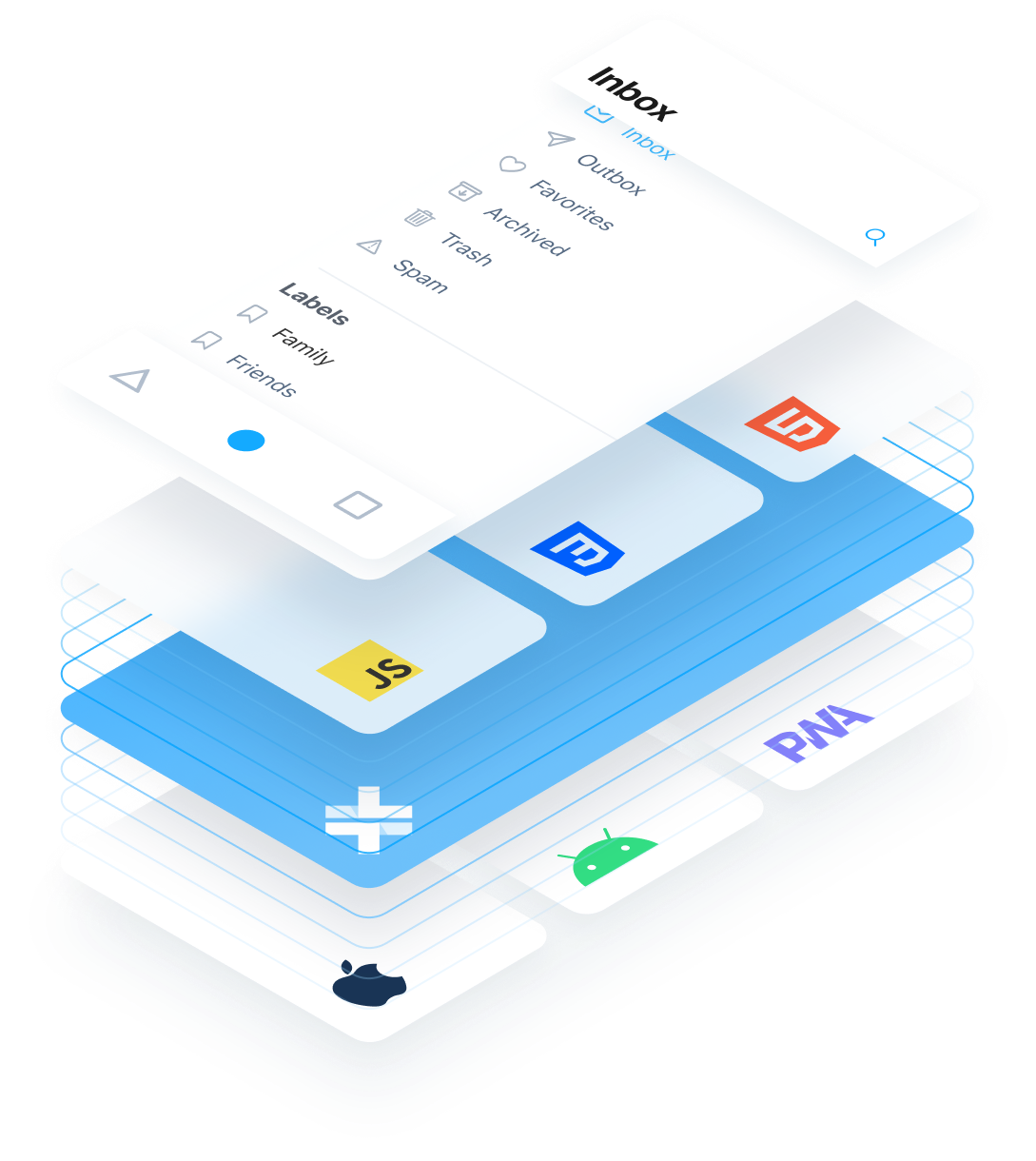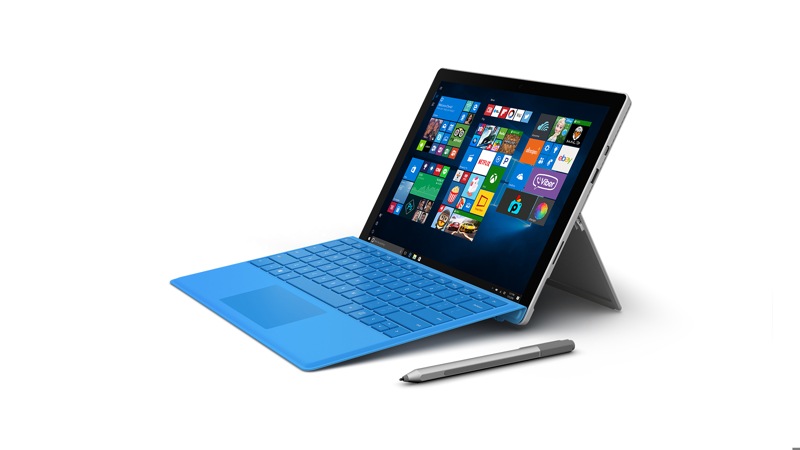UPDATE July 2022:
We are sorry to update that we are no longer supporting Ionic as a Contextual platform.
No…that’s not a typo. Old memers and gamers will remember “All your base are belong to us”.
It’s our cheeky way of saying that only Contextual supports all that platforms that you need coverage for Announcements, Guides, Feedback and Contextual Help.
Today we are announcing beta support for Capacitor JS with a V2 plugin!
Native IOS Apps for iPhone and iPad. Also with the November Macbook announcement using M1 chip, it hints that IOS Apps may run on MacOS soon. Contextual integrations instructions are here. We support Swift and Objective C in a just few fast Mb.
Native Android Apps for phones and tablets. Contextual integrations instructions are here. We support Kotlin and Java with an SDK of just few hundred fast kilobytes.
Contextual has a WebSDK that supports all of the main browsers at runtime: Chrome, Safari, Mozilla, Edge etc. We havn’t checked Tor ????. Integration docs are here.
With our Chrome/Edge extension you can get started even without adding the SDK.
ReactNative was open sourced by Facebook and is a super popular hybrid platform for Javascript developers. The main benefit is cross-platform development but with true native user interface widgets and is very fast. Today this is a super-popular platform for B2B App development teams. Integration of our SDK is here.
Apache Cordova (once called Phonegap) is the grand-daddy of hybrid app platforms and until recently had sponsorship from Adobe via Phonegap Build.
Whilst not as fast as Native or ReactNative, Cordova remains a very popular platform because of Apache open-source support. Integration of our SDK is here.
Ionic is a well-funded development environment that breathes more life, UI elements and speed into a Cordova style model. We support Ionic via our Cordova integration. Ionic support migration from Cordova to their Appflow.
And….now….Capacitor is a key part of Ionic’s infrastructure. It is the obvious (only??) heir-apparent to Cordova that will be aggressively maintained.
Capacitor is billed as “an open source native runtime for building cross-platform mobile and Progressive Web Apps, with JavaScript, HTML, and CSS.”
It has a lot of build similarities to Cordova, so migration appears to be relatively painless.

So with Contextual supporting Capacitor, this gives Native Mobile and Hybrid mobile developers the richest choice for engaging users with Onboarding, Announcement, Guides, Coachmarks, Tooltips.
Our beta docs for Capacitor are here.
Platforms not supported by Contextual (today)
NativeScript is in Beta currently on Android. We are not sure if NS has a long term future, but some big Apps like SAP use it. Docs for Android are here.
We dropped Xamarin support a while ago. We were bullish on it at one stage because we think a lot of Mobile Digital Adoption in enterprises will come from C# developers, but there is a lack of interest and lack of active OEM support from Microsoft – frustrating for us – if you have a solution, please let us know.
We are super excited about Flutter and it’s on the roadmap – the integration is pretty deep for us, so it will take some time to get right.
Unity is a major platform for gaming and VR (using C# or JS), its not currently our focus but we are keeping an eye out.
Same for Unreal Engine which uses C++. Neither of these are really used in Mobile B2B, B2C apps, in B2C its commonplace for games but most customers are using the platforms we support.
Can’t I just use a Web Onboarding solution for Mobile?
Ask other vendors whether they support offline mode, poor networking, variable form-factors (portait vs landscape).
Contextual will intelligently pre-fetch and buffer content and analytics on mobile because that is the right thing to do. A web-only approach (even on hybrid platforms) is unreliable to these realistic conditions on mobile.
How do I integrate with a Capacitor App?
Firstly we are not supporting V1 Capacitor, we are going for V2 only (at this stage)
The creation of this plugin is really building on the Cordova technology we’ve had in production for a long-time and should not have too many problems. But it is beta. So feel free to check is out and give feedback to our support folks – we want to make this a great one!
Our beta docs for Capacitor are here.



